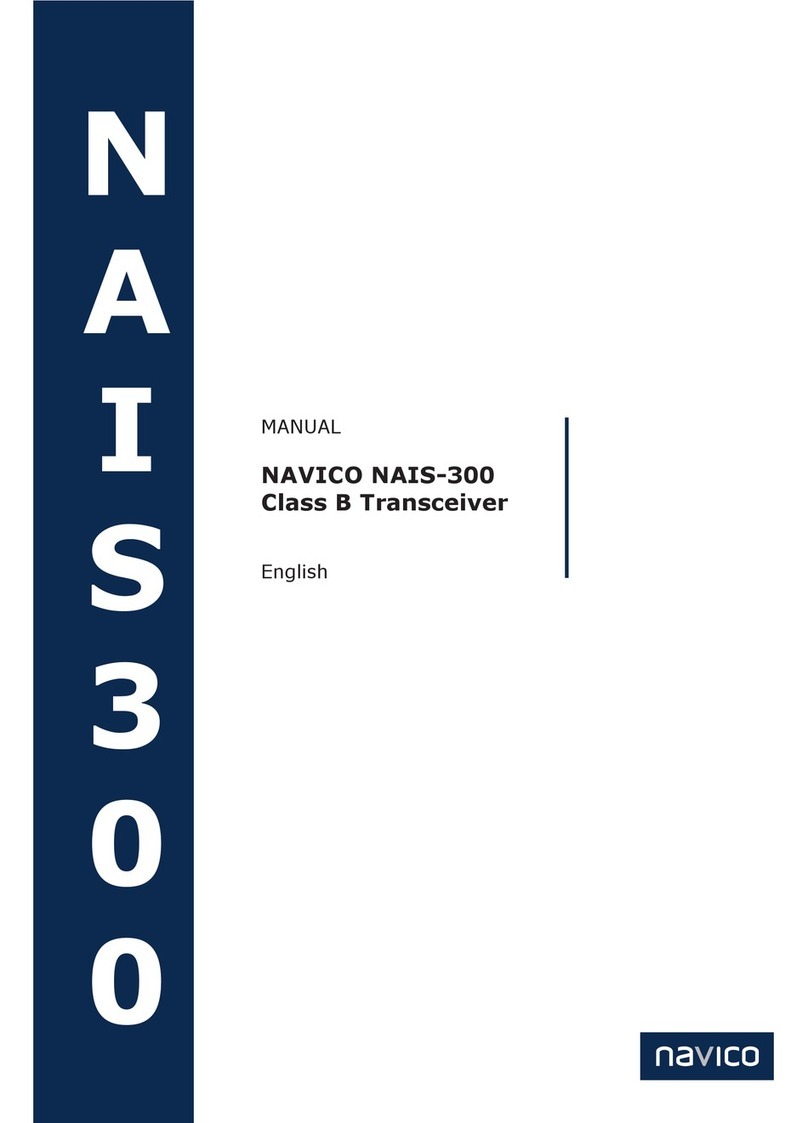10 Introduction
The advantages of the AI50 are:
Increased awareness of the current shipping
situation within your VHF range through the
exchange of data between vessels.
Improving traffic management in busy shipping
lanes through exchanging information between
vessels and shore based traffic stations.
Reporting information automatically in shipping
areas where it is mandatory.
As with all electronic navigational equipment, it is
only an aid to navigation and should not be used as
a substitute for good seamanship.
Remember - Maritime law requires that you keep a
good lookout at all times.
The position of a vessel on the screen is the
position of the most recent transmission and may
not be the current position.
1.2 About this manual
The manual combines operating and installation
information for the AI50. Operation is sub-divided into
main working categories for easy reference.
1.3 SimNet/NMEA2000
SimNet is Simrad’s proprietary high speed data bus
network complete with NMEA2000. It provides intelligent
sharing of data and control information between a wide
range of marine electronics and instruments.
1.4 WR20 Remote (not supplied)
The WR20 Remote Commander is a handheld wireless
command centre, which enables you to remotely control
your AI50, as well as all of your other SimNet electronics,
such as Plotters/Radar, Autopilots and Instruments. It will
also control the VHF with the advanced features of voice
•
•
•




























